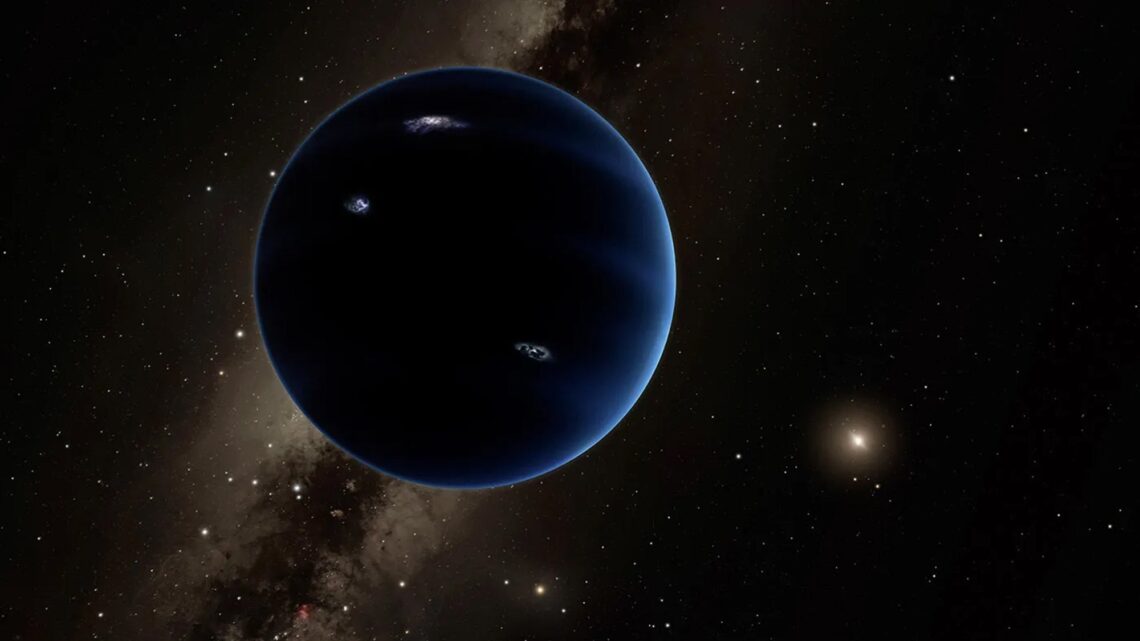Almost a decade after astronomers proposed the existence of Planet 9, an unseen extra planet in the distant reaches of the solar system, they still haven’t all agreed whether it’s real or not. Now, new research from Caltech astronomers just uncovered an extra line of evidence in favor of the hidden planet. Their computer simulations require Planet 9’s gravitational kick to explain how small bits of rock and ice from around Neptune’s orbit end up close to the sun.
“There is an open question of why particular objects in the solar system act the way they do, and we can’t quite explain it, but if you add Planet Nine into the model it all makes sense,” says Juliette Becker, an astronomer at the University of Wisconsin, Madison not affiliated with this new work.
These objects are Trans-Neptunian Objects (TNOs)–chunks of debris in the outer solar system, beyond Neptune and even Pluto. Until the 2000s, astronomers hadn’t spotted many TNOs—especially not the most distant ones. They’re incredibly faint, a result of their small sizes and huge distances from Earth and difficult to see. Once astronomers had built up a more substantial catalog of observed TNOs, however, they began to notice some strange trends.
A group of TNOs were bunched together, sharing similar orbits as if they were being wrangled up by something, like a group of sheep by a shepherd. These oddballs were orbiting at very high angles compared to other TNOs, and they were lined up in the same direction. Some astronomers, including the same Caltech crew behind the new bit of evidence, claimed that the most likely explanation for these observations was the existence of Planet 9 acting as a massive object acting as a gravitational shepherd for the TNO sheep.
However, other astronomers thought Planet 9 was an outlandish solution to the puzzle at hand, coming up with other ways to explain the unexpected observations. Some suggested that the clusters of TNOs…
Read the full article here

